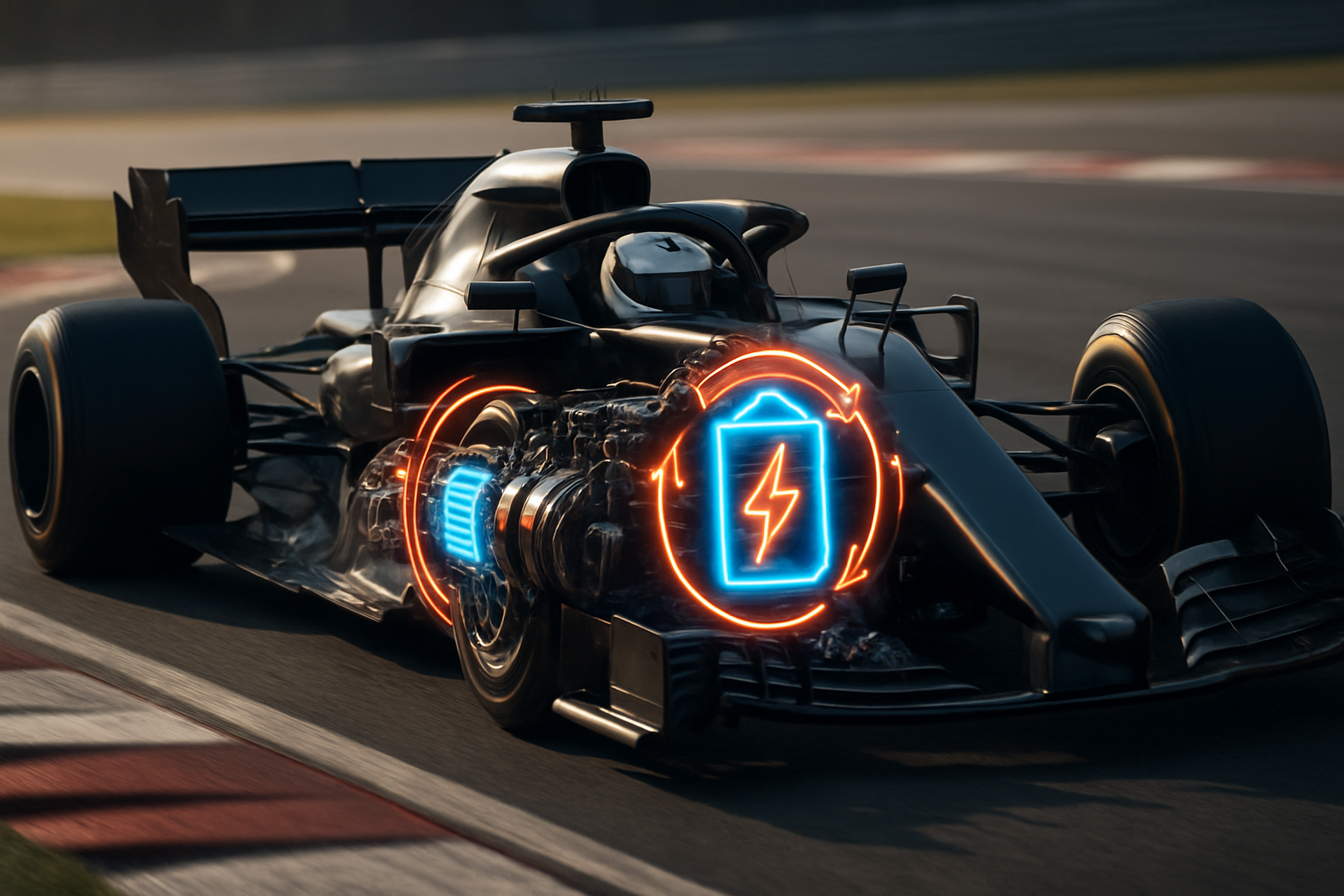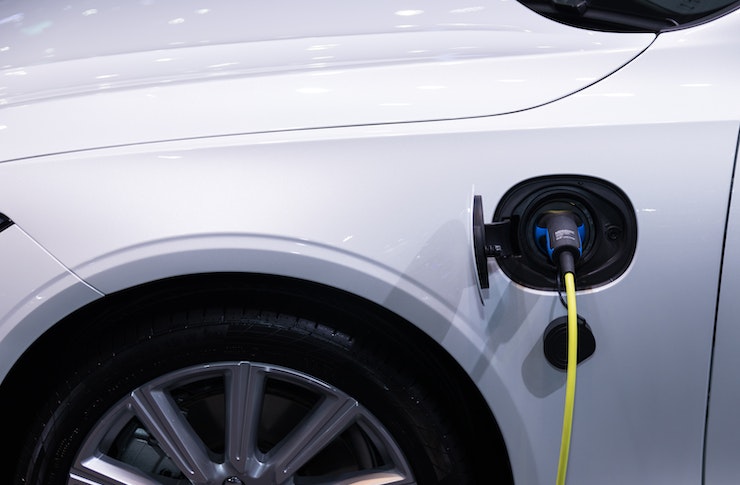Current Trends in Automotive LED Technology for 2024
The automotive LED lighting industry continues to evolve rapidly with innovative technologies transforming both vehicle aesthetics and functionality. As manufacturers and consumers alike embrace the benefits of LED lighting systems, new trends are emerging that promise enhanced efficiency, safety, and customization options for vehicles across all segments.

The automotive lighting landscape has undergone a remarkable transformation in recent years, with LED technology at the forefront of this revolution. No longer just a premium feature reserved for luxury vehicles, LED lighting has become mainstream across various automotive segments. This shift reflects not only aesthetic preferences but also practical considerations including energy efficiency, durability, and advanced functionality that traditional lighting systems cannot match.
How Are Automotive LEDs Revolutionizing Vehicle Design?
The integration of LED technology has fundamentally changed how manufacturers approach vehicle design. Modern automotive LEDs are significantly smaller than traditional lighting options, giving designers unprecedented flexibility in creating distinctive lighting signatures that define brand identity. Manufacturers now incorporate sleek, continuous light bars, dynamic turn signals, and intricate daytime running light patterns that would be impossible with conventional bulbs.
Beyond aesthetics, the compact nature of LEDs allows for more aerodynamic front-end designs, contributing to improved fuel efficiency. The reduced power consumption of LED systems—typically drawing 80% less energy than halogen equivalents—further enhances vehicle efficiency while reducing strain on electrical systems. This efficiency becomes particularly crucial in electric vehicles where battery conservation is paramount.
What Advanced Features Are Trending in Automotive LED Systems?
Adaptive lighting systems represent one of the most significant advancements in automotive LED technology. These intelligent systems can automatically adjust beam patterns, intensity, and direction based on driving conditions, vehicle speed, and steering input. Matrix LED headlights, gaining popularity in the US market following regulatory approval, can selectively dim portions of the headlight beam to avoid blinding oncoming drivers while maintaining optimal illumination elsewhere.
Animated lighting sequences are another prominent trend, with vehicles now featuring sophisticated welcome and goodbye light choreography. Communication-focused lighting is also emerging, with external LED displays designed to communicate with pedestrians and other road users—a feature particularly relevant for autonomous vehicles. Additionally, ambient interior LED lighting has evolved beyond basic color options to offer personalized themes that synchronize with music, navigation alerts, or driver assistance warnings.
How Is the US Automotive LED Market Evolving?
The US market for automotive LED technology has experienced substantial growth, driven by both consumer demand and regulatory changes. The National Highway Traffic Safety Administration’s recent approval of adaptive driving beam headlights has opened doors for advanced LED systems previously available only in European and Asian markets. This regulatory shift has prompted manufacturers to introduce more sophisticated LED lighting packages in their US model lineups.
American consumers increasingly view LED lighting as a standard expectation rather than a premium upgrade. This market evolution has accelerated the adoption rate across all vehicle segments, from economy models to luxury offerings. US-based aftermarket suppliers have also expanded their LED product lines, catering to consumers looking to upgrade older vehicles with modern lighting solutions.
Regional preferences in the US market show interesting variations, with coastal urban areas favoring sleek, minimalist LED designs, while some interior regions show stronger interest in high-performance off-road LED lighting systems. These regional trends influence how manufacturers package and market their LED offerings across different parts of the country.
What Sustainability Improvements Are Driving LED Adoption?
Environmental considerations have become a significant factor in automotive LED adoption. The extended lifespan of LED lighting—often outlasting the vehicle itself—reduces waste compared to traditional bulbs requiring frequent replacement. Most LED components are also recyclable, aligning with automotive manufacturers’ broader sustainability initiatives.
Manufacturing processes for automotive LEDs continue to become more environmentally friendly, with reduced use of hazardous materials compared to traditional lighting options. Unlike halogen or HID bulbs, LEDs contain no mercury or other toxic gases, making them safer for disposal. Their reduced energy consumption also translates to lower vehicle emissions, particularly relevant for internal combustion engine vehicles.
Several US manufacturers have implemented closed-loop recycling programs specifically for LED components, further enhancing the technology’s environmental credentials. These sustainability benefits resonate strongly with environmentally conscious consumers who view LED lighting as part of a holistic approach to reducing their vehicles’ environmental impact.
How Are Smart Integration Features Enhancing LED Functionality?
The integration of automotive LEDs with vehicle connectivity systems represents one of the most exciting developments in this space. Modern LED systems increasingly connect with vehicle sensors, navigation systems, and driver assistance technologies to provide contextual lighting adjustments. For example, some systems now automatically brighten the appropriate side of the road when approaching a turn, based on navigation data.
Smartphone integration allows drivers to customize lighting profiles, adjust ambient interior lighting, and even perform lighting system diagnostics through dedicated apps. Some manufacturers have introduced cloud-based services that can update LED lighting algorithms remotely, improving performance without requiring dealership visits.
Voice control capabilities are also emerging, allowing drivers to adjust lighting settings through natural language commands. These smart integration features transform automotive LEDs from simple illumination devices to interactive components of the broader vehicle experience, contributing to both convenience and safety.
What Cost Considerations Apply to Advanced Automotive LED Systems?
While LED technology has become more affordable, significant price variations exist across different system types and features. Basic LED headlight replacements typically range from $100 to $300 per unit, while advanced adaptive systems can cost between $1,000 and $2,500 for a complete setup. Aftermarket interior LED ambient lighting kits range from budget options at $20-50 to premium systems exceeding $500.
| LED System Type | Average Cost Range | Key Features | Typical Lifespan |
|---|---|---|---|
| Basic LED Headlights | $100-300 per unit | Standard illumination, improved efficiency | 30,000-50,000 hours |
| Adaptive LED Headlights | $1,000-2,500 per system | Dynamic beam patterns, cornering illumination | 30,000-50,000 hours |
| LED Daytime Running Lights | $150-400 per set | Distinctive signatures, enhanced visibility | 30,000-50,000 hours |
| Interior Ambient LED Systems | $50-500 | Customizable colors, smart integration | 20,000-40,000 hours |
| Dynamic LED Turn Signals | $200-600 per set | Sequential patterns, improved visibility | 30,000-50,000 hours |
Prices, rates, or cost estimates mentioned in this article are based on the latest available information but may change over time. Independent research is advised before making financial decisions.
The long-term economics often favor LED systems despite higher initial costs. The extended lifespan—typically 30,000 to 50,000 hours compared to 1,000 hours for halogen bulbs—combined with reduced energy consumption provides significant lifetime value. Additionally, some insurance companies now offer modest premium discounts for vehicles equipped with advanced LED lighting systems due to their safety benefits.
The automotive LED lighting landscape continues to evolve rapidly, with innovations emerging across design, functionality, and integration capabilities. As manufacturing scales increase and technologies mature, we can expect continued price reductions making advanced LED systems accessible across more vehicle segments. The convergence of LED lighting with other vehicle technologies—particularly advanced driver assistance systems and autonomous capabilities—suggests that lighting will increasingly serve both aesthetic and functional roles in the vehicles of tomorrow. For consumers and manufacturers alike, staying informed about these developments ensures making optimal decisions regarding this essential automotive technology.




